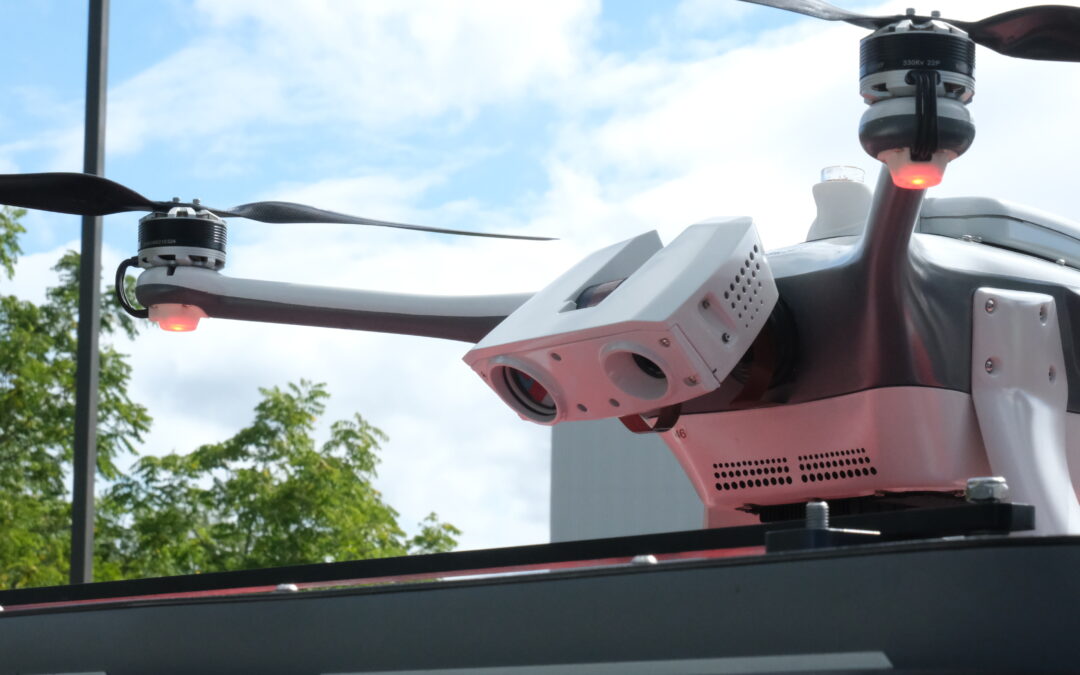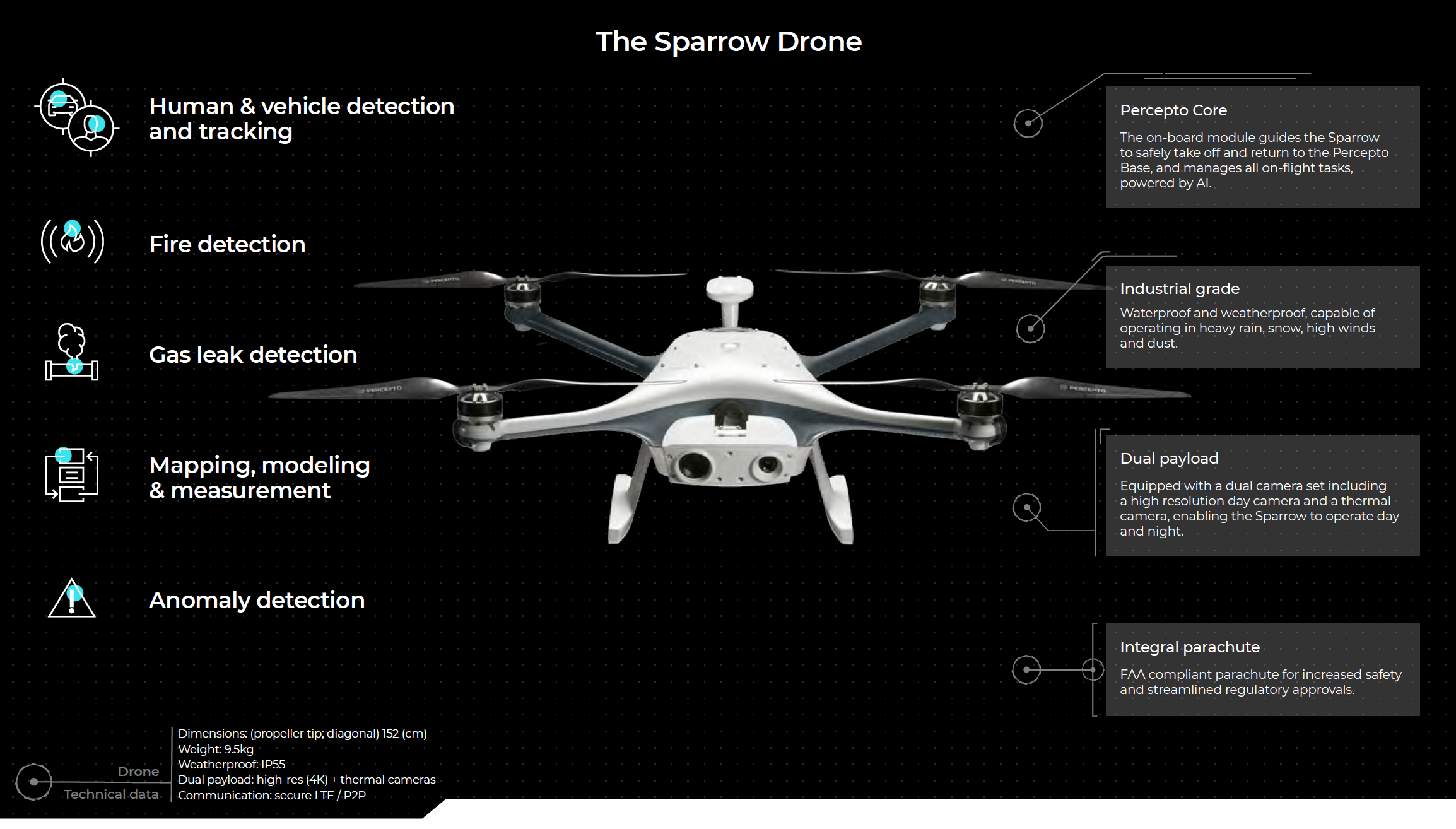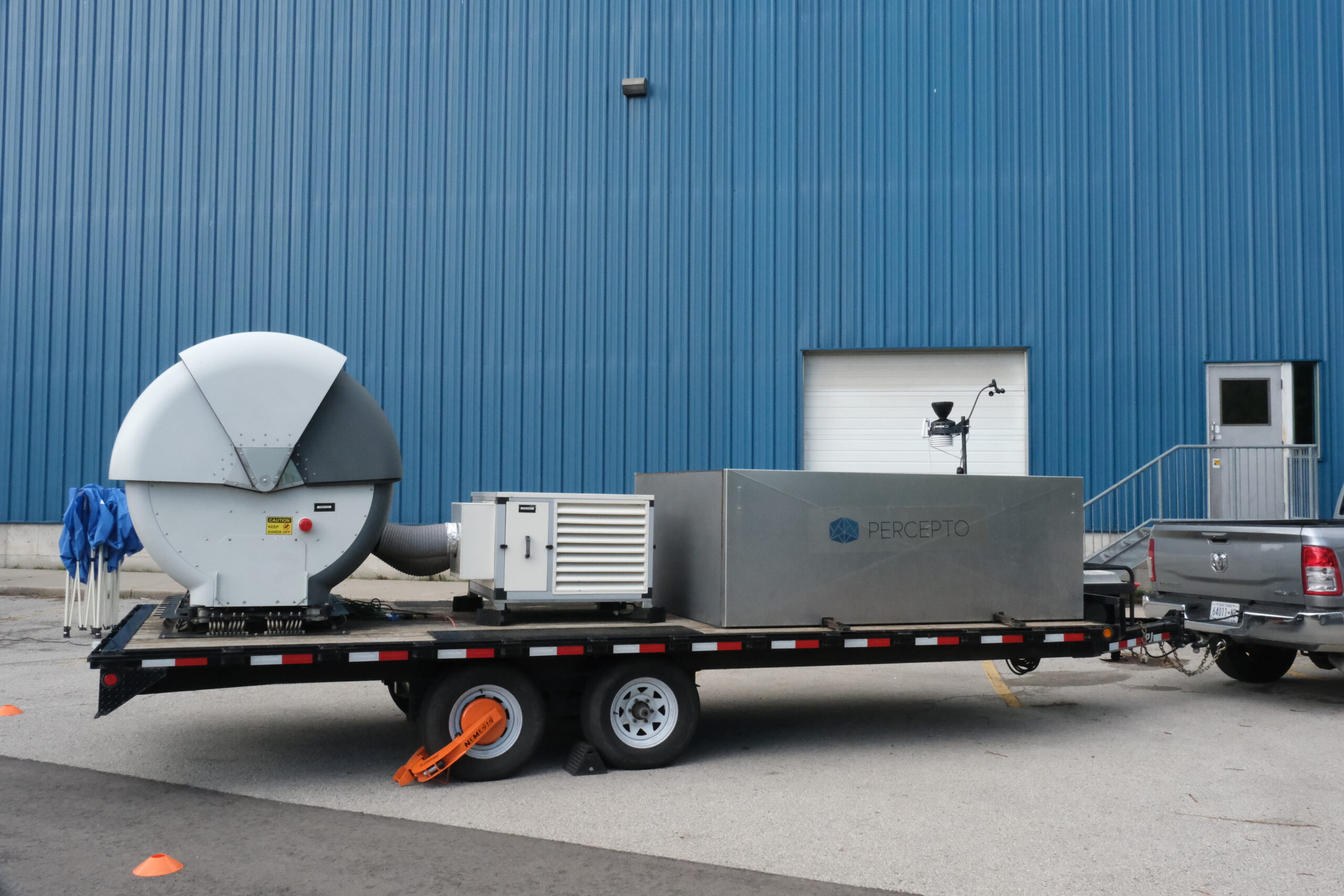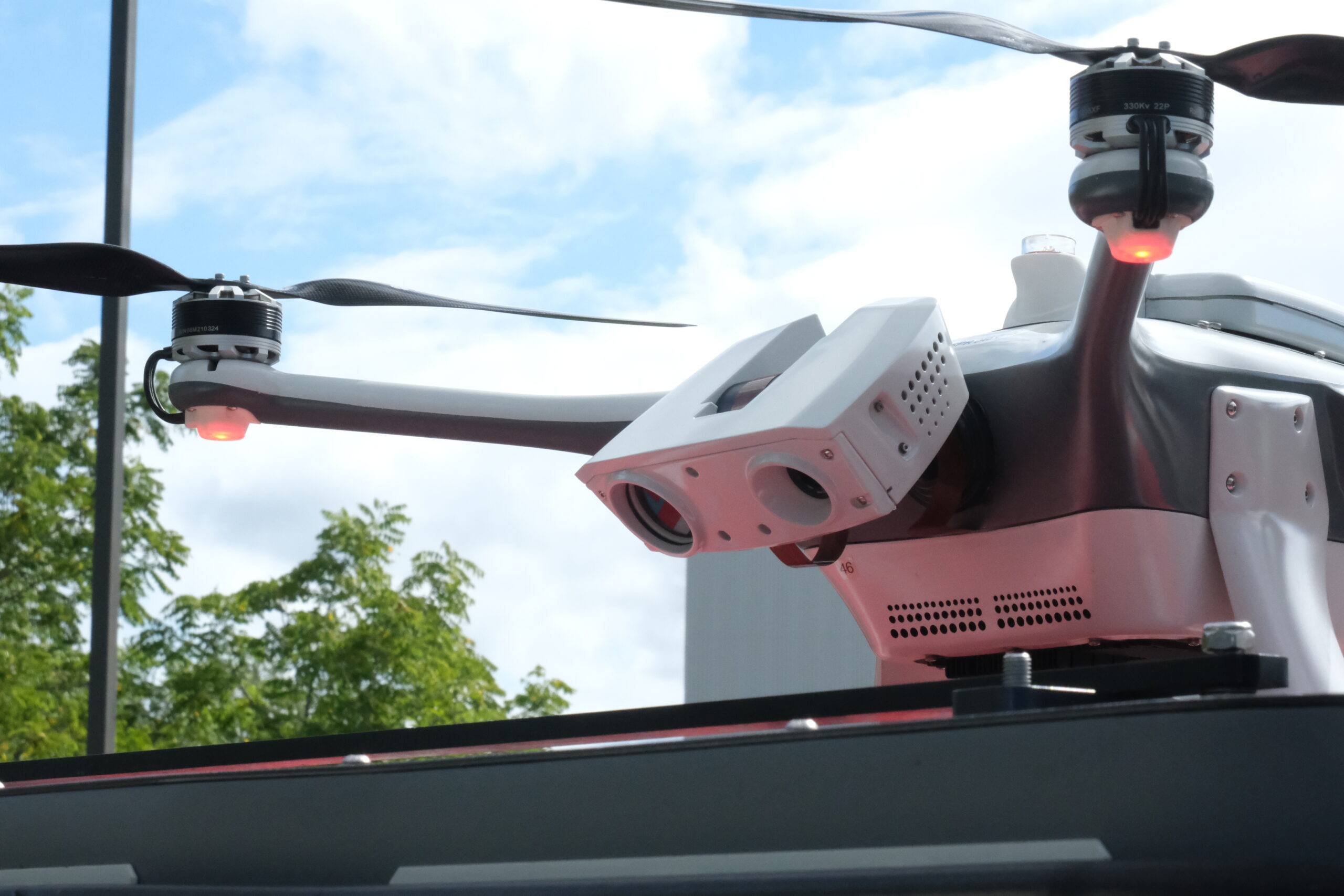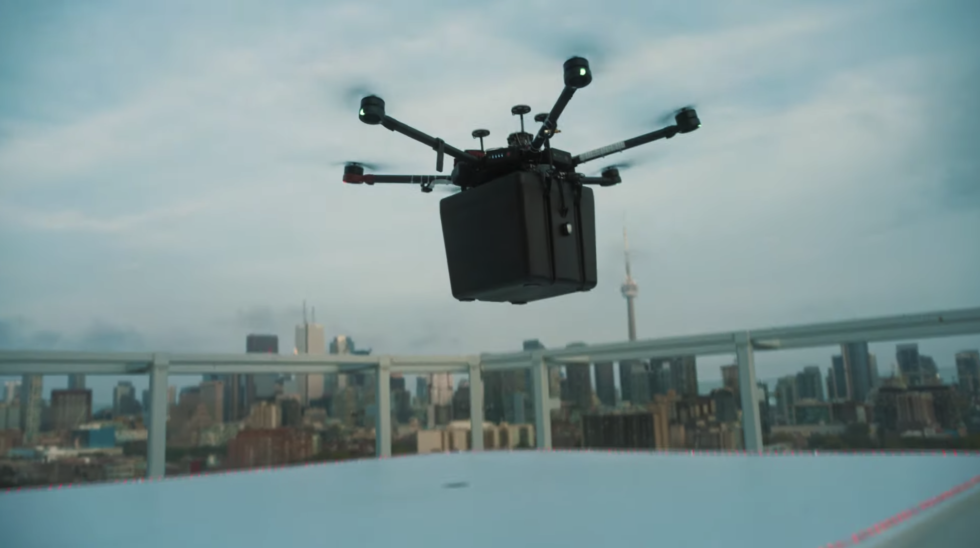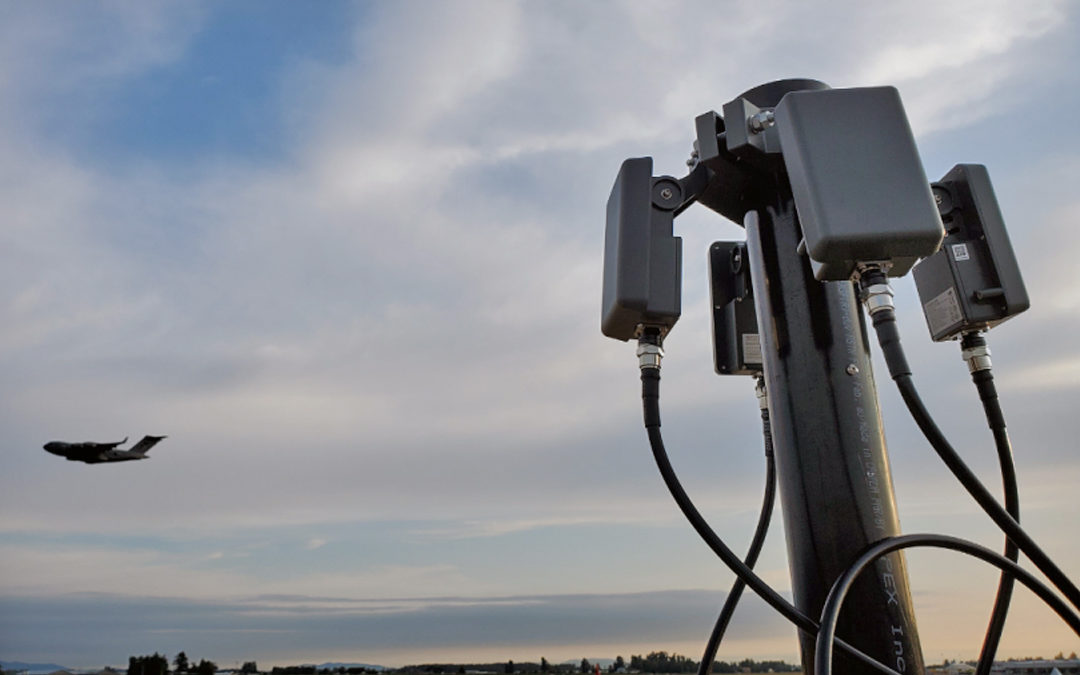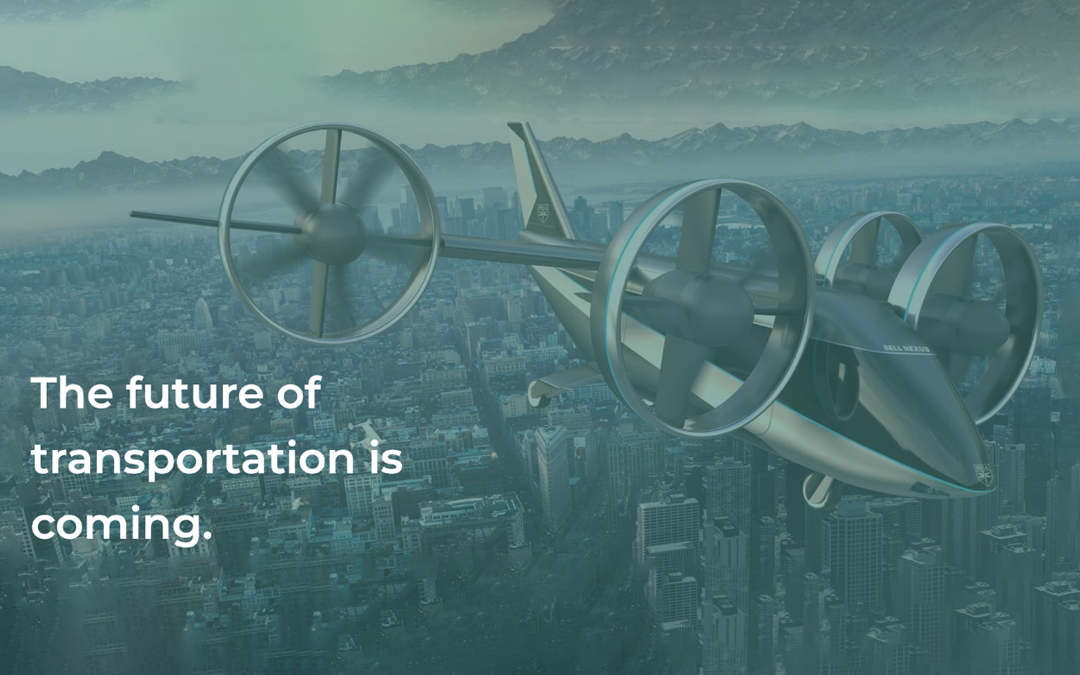
Advanced Air Mobility: A primer
By Scott Simmie, InDro Robotics
The world of drones and aerospace is laden with acronyms. UAVs, VTOL and BVLOS are but a few of the terms frequently kicked around. But there’s another one that’s starting to gain traction. It’s AAM, or Advanced Air Mobility. We thought it would be worth having a look at what this means, and what the implications are as we head into the future of aerospace: A world where crewed and uncrewed aircraft take on new roles, while safely sharing the airspace.
There are a few definitions of AAM kicking around, but we particularly like this thorough take from Delloitte Insights:
“Advanced air mobility (AAM) – the emergence of transformative airborne technology to transport people and goods in new, community-friendly, and cost-effective aircraft in both rural and urban environments – represents the next inflection point in the aerospace industry’s ongoing evolution.5 AAM is expected to be the next significant change in mobility and perhaps the global economy, as it could lead to fundamentally new capabilities and applications that were previously not feasible. AAM technologies promise to transform how people and cargo are moved…”
Inflection point
So it’s a pretty big deal. And while “inflection point” makes us stand up and pay attention, what might this mean in practical terms? Well, for one thing we’ll see the emergence of a new category of aircraft, the eVTOL. This means an electrically powered, zero emission machine that can take off and land vertically. This eliminates the need for runways and the kind of support services (such as aviation fuel storage, hangars) required at even smaller regional airports. Some of these eVTOLs might require a pilot, but many will operate like drones – carrying goods, or people, without requiring a crew.
We asked InDro Robotics CEO Philip Reece what he envisions this new age will bring.
“Having short- to medium-range aerial options for transporting cargo – and even people – will bring multiple benefits: Using electricity or hydrogen for power will be better for the environment and these aircraft will reduce road congestion. It will also expand access for many to regional air travel due to lower infrastructure costs: Think many ‘Vertiports’ instead of large airports.
“Advanced Air Mobility will also boost jobs and skills in new areas, as well as access to resources including consumables and medical supplies. There are many cut-off communities in Canada, including some that do not have year-round road access. The list goes on. While these are only some ideas at the moment, once the communities grow into the infrastructure, new industries and solutions will rapidly come to light.”
This era is coming…
A number of companies are already building and testing such aircraft. One of the best-known is China’s EHang, which is manufacturing the EH-216 Autonomous Aerial Vehicle, or AAV. It can carry two passengers or cargo. In a future not too far removed, you might be able to summon this aircraft to a nearby landing pad with a smartphone app (think Uber), and have it deliver you, or critical cargo, from a congested urban centre to a nearby city in minutes.
There’s a growing number of other companies in this field, as well. They include Lilium, Joby Aviation, and Volocopter – to name just a few. Some of the designs – many of which have been made possible by the technology that powers drones – are pretty amazing. (If you’re interested in seeing some of these vehicles, check out this Aviation Today article.)
It’s also worth mentioning Jaunt Air Mobility. Though the company originated in the US, it now has offices and a highly experienced leadership team in Montreal. The company’s patented design is like a fixed-wing helicopter, promising an estimated range of up to 160 kilometres, with a top speed of up to 280 kph. Once in forward flight, the main rotor slows and functions like an autogyro, providing lift while saving energy. Here’s a description from its website:
“Jaunt is the global leader in slowed rotor compound (SRC) technology. Our patented technology slows the rotor once aloft (the rotor tip speed equaling the aircraft’s pace) thereby reducing drag and associated vibration. In combination with a small wing sized for cruise, this produces a lift to drag ratio equivalent to a fixed wing airplane providing an exceptionally efficient flight with very low noise. Noise that is practically imperceptible in flight.”‘
Although its video is CGI, the company is *very* real, and the vehicle it’s building is based on a field-proven design:
So that’s one part of the Advanced Air Mobility picture: New, electrically powered aircraft that carry passengers or cargo to nearby communities currently not served (or under-served) because they lack either the infrastructure or the ongoing demand to support more traditional aviation models.
But there’s another piece to this puzzle. And that involves drones.
Drones and Advanced Air Mobility
Smaller Uncrewed Aerial Vehicles (UAVs, or drones) are very much part of this picture. They might be delivering prescription medications or urgent parts, or perhaps even transporting Automated External Defibrillators to the site of a 9-1-1 call (something InDro Robotics has proven in trials). They could even be moving a life-saving organ for human transplant from one hospital to another, reducing time and improving patient outcomes. Plus, or course, there’s the multitude of tasks drones can achieve on the scientific and industrial/Enterprise side of things. (A quick aside: When referring to the use of drones or these new and larger eVTOLs solely within an urban center, it’s often referred to as Urban Air Mobility, or UAM. But UAM and AAM will go hand-in-hand.)
It all paints a pretty exciting picture of the future. But it’s a future the world can’t simply dive into. With more aircraft taking to the skies, often at lower-altitude flights, the runway to this future needs to be methodical. It requires an approach often referred to as “Crawl, walk, run.” As you’ve likely guessed, that means starting out very slowly and carefully, using an incremental approach.
UTM: Uncrewed Traffic Management
One key component in this equation is minimizing the potential for any of these aircraft to come into conflict with one another. And here we get to introduce another acronym: UTM, or Uncrewed Traffic Management. The future requires a system which – through a combination of hardware and software and automation – can seamlessly ensure the skies above (and the ground below) remain safe.
Here, too, there is no shortage of companies and working groups pushing for solutions. Just as surely as vehicles like the EH-216 will one day become routine, a robust and reliable UTM solution – likely involving a combination of software integrated with NAV Canada’s air traffic control, along with detect-and-avoid sensors on aircraft and specific flight corridors – will emerge. But that’s not going to happen overnight.
In this country, a group called the Canadian Advanced Air Mobility Consortium has already started planning for the future.
Bringing Advanced Air Mobility to Canada
This isn’t something any one company – or regulator – can do on their own. It requires consensus, collaboration, and a shared vision and commitment. That’s why the Consortium, whose home page image you see below, has brought together multiple partners.

Advanced Air Mobility is a team effort
As the Consortium’s website states: “We’re in this together.” That’s why the Consortium’s members are drawn from across the industry – including representation from academia and government. It would take quite some time to list them all here, but you can find a list of all members on this page. InDro Robotics is but one of many members.
“We’re building an ecosystem of national collaboration towards a sustainable, equitable and profitable Advanced Air Mobility industry in Canada,” states the Consortium’s website. Its goals, it says, are simple: “Zero emissions from Advanced Air Mobility operations in Canada.” Somewhere down the road, says the Consortium, one in five aircraft in Canada will operate with zero emissions.
We asked Chris Howe, the Consortium’s Lead Operating Officer, why he’s optimistic about this new future:
“AAM requires aviation to look outside itself and collaborate with so many innovative new technologies,” he says.
“New energy (electric and hydrogen), engineering (quieter operations), and also connectivity (5G) and advanced decision-making (artificial intelligence) are required to make AAM a safe, sustainable and equitable solution. I’m personally excited to see how this incredibly interdisciplinary industry will work together to get off the ground and solve real problems like emergency medical transportation.”
The Consortium operates with a commitment to six pillars it believes “are necessary to make AAM an agent of global positive change.”
Those pillars, from the website, are as follows:
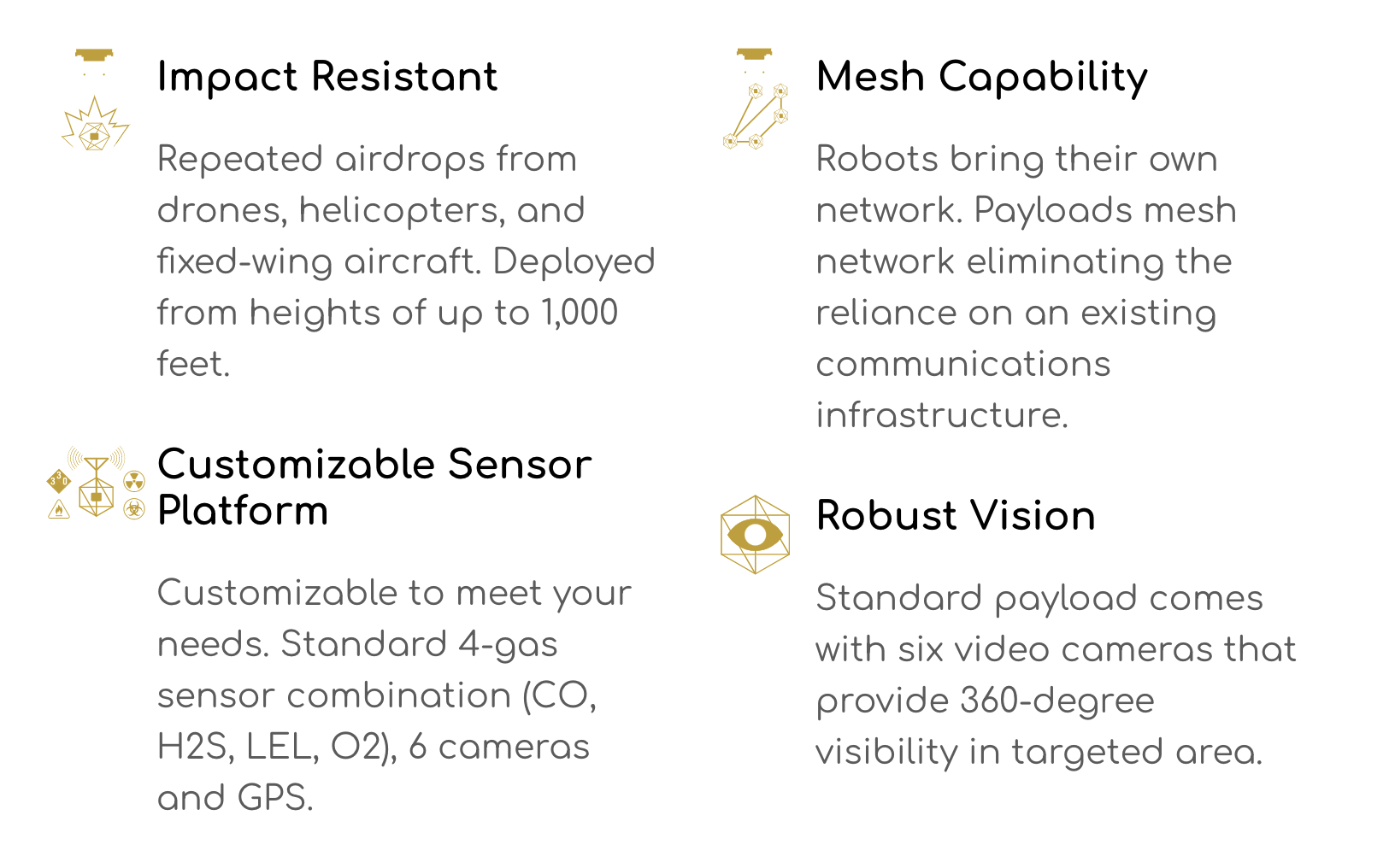
What’s next for AAM in Canada?
Great question. Two key projects are already well underway. The first is to create a Canadian Advanced Air Mobility Master Plan. Phase One of that project is a strategic roadmap that hopes to guide the next 20 years of AAM development in Canada. It will focus on these three areas, which we’re quoting verbatim from the site:
- Define the unifying national AAM vision for Canada
- Identify gaps & barriers in accomplishing the vision
- Create the national AAM implementation Roadmap & Master Plan
Phase Two will get a little more technical. The site says it’s “designed to de-risk AAM operations, coordinate business planning, and expedite technology integration required to activate revenue generating use cases.”
Goals for this phase, in conjunction with regional projects taking place in Vancouver and Toronto, include:
- Design airspace structure, flight routes, physical infrastructure maps and noise footprints for urban and rural operations
- Develop Concept of Operations (CONOPS) for specific AAM use cases and integration with RPAS Traffic Management (RTM)
There’s much more…
The Canadian Advanced Air Mobility Consortium website is very well put together. There’s a lot of information there, as well as a standing invite for other stakeholders and interested parties to get involved.
We can’t predict, at least not with certainty, where AAM will take us in the coming years. Certainly there are a number of new eVTOL designs already being tested, with many more under development. There’s no question zero-emission aircraft will be welcome additions in a world under growing pressure from climate change.
There’s also no question that these aircraft will be moving goods and people to areas currently under-served by traditional aviation – and that’s a very good thing.
But there’s one pressing question: When will all this arrive? We put that to Consortium lead Chris Howe.
“Commercial eVTOL manufacturers are telling us they are aiming for certification of their aircraft by 2024,” he says.
“We are working hard to ensure the infrastructure and regulations will allow for safe, sustainable and equitable commercial passenger operations in Canada by 2030.”
It’s a future we very much look forward to.
And finally…
If you’re interested in reading more on the topic, Howe suggests the following links as good resources:
- The Waterloo Institute for Sustainable Aeronautics
- The Advanced Air Mobility Reality Index
- The Deloitte Insights article (quoted earlier in this story)
And a quick PS: The fact InDro Robotics is a consortium member didn’t play a role in this post. We wrote this simply because AAM is coming, and fast. Keep this on your radar.
By Scott Simmie

